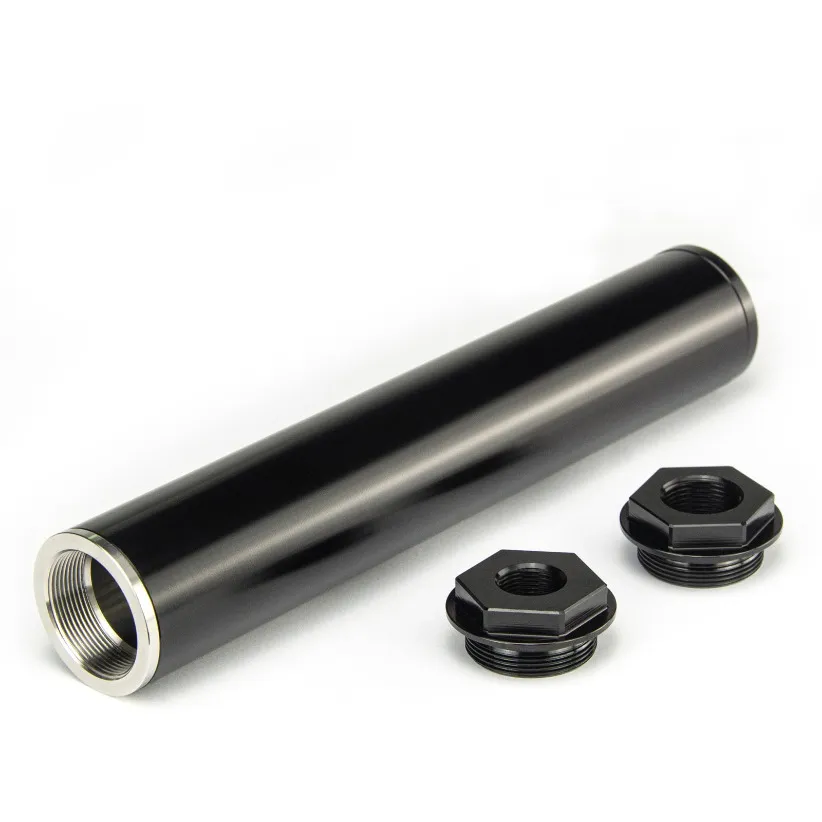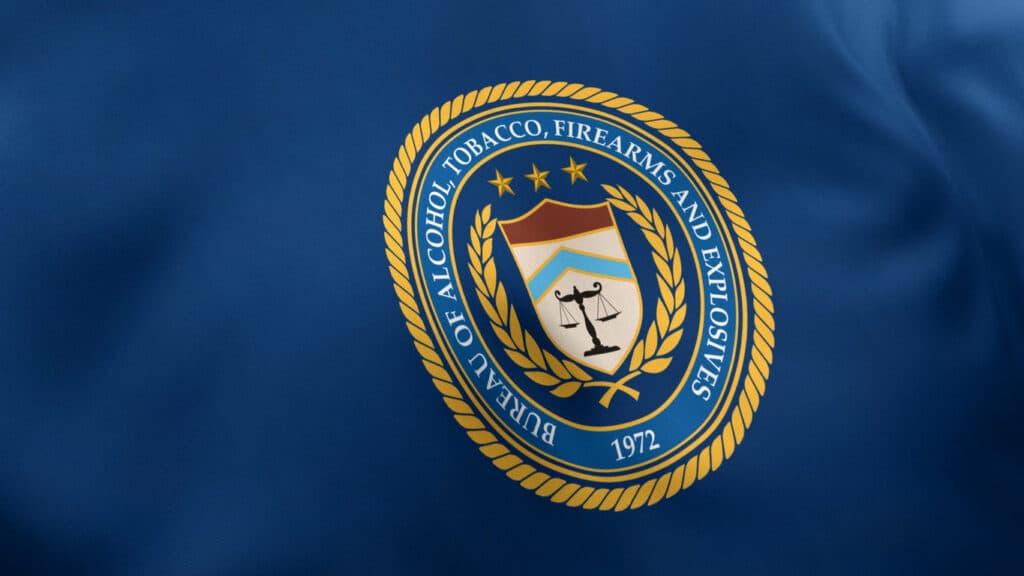Solvent traps, initially designed for cleaning firearm barrels, have gained popularity for their potential conversion into suppressors. However, it’s crucial to understand that modifying a solvent trap for this purpose without proper registration can lead to legal consequences. If you intend to convert a solvent trap into a suppressor and use it legally, you must follow the correct procedures to register it with the Bureau of Alcohol, Tobacco, Firearms and Explosives (ATF). In this article, we’ll guide you through the steps to register your solvent trap and ensure compliance with ATF regulations.
Table of Contents
The Basics of How to Register a Solvent Trap with the ATF

Before diving into the registration process, let’s clarify some essential points:
1. Legal Compliance: Attempting to convert a solvent trap into a suppressor without ATF registration is illegal in many jurisdictions. Complying with the law is paramount.
2. ATF Forms: To register a solvent trap as an NFA (National Firearms Act) item, you will typically use ATF Form 1 (for manufacturing) or ATF Form 4 (for transferring).
3. Fees:
The fees associated with registering a solvent trap (or any NFA item) with the ATF can vary depending on the specific circumstances and the type of form you are submitting. As of my last knowledge update in September 2021, here are some general guidelines regarding fees:
-ATF Form 1 (Application to Make and Register a Firearm): If you are manufacturing a solvent trap into an NFA-regulated item, such as a suppressor, you typically need to submit ATF Form 1. The application fee for ATF Form 1 was $200 per item as of my last update.
-ATF Form 4 (Application for Tax Paid Transfer and Registration of Firearm): If you are transferring ownership of a solvent trap that has already been registered as an NFA item, you typically need to submit ATF Form 4. The tax associated with ATF Form 4 transfers was $200 per item as of my last update.
Please note that these fees can change over time due to updates in regulations or legislation. It’s essential to check the latest fee schedule on the official ATF website or contact the ATF directly to verify the current fees and requirements before submitting your application. Additionally, you should be prepared to cover any additional fees that may be associated with the application process, such as fingerprinting or background check fees, if applicable.
4. Background Checks: You may be subject to fingerprinting and a background check, similar to other NFA items.
Step-by-Step Guide to Registering a Solvent Trap

1. Research Local Laws: Start by researching your local and state laws to understand any additional requirements or restrictions that may apply to owning an NFA item.
2. Select the Appropriate Form: Choose either ATF Form 1 or ATF Form 4, depending on whether you are manufacturing the solvent trap or transferring it from another legal owner.
3. Complete the Form: Fill out the selected form accurately and honestly. Be sure to include all necessary information, such as your details, details of the solvent trap, and any required documentation.
4. Include Payment: If applicable, include the required payment or tax with your application. The exact amount will depend on the specific circumstances and the form used.
5. Fingerprinting and Photos: If required, visit a local law enforcement agency or an ATF-approved fingerprinting service provider for fingerprinting. Additionally, provide passport-sized photos as specified in the instructions.
6. Certificate of Compliance: Ensure that your solvent trap complies with ATF regulations and specifications. Modifications should only be made once you receive approval.
7. Review and Copy Documents: Review your completed application for accuracy and make copies of all documents for your records.
8. Submit the Application: Mail your completed application, along with all required documents and fees, to the address provided on the ATF form. Keep records of when you submitted your application.
9. Wait for Approval: Be patient while waiting for the ATF to process your application. This can take several months, so refrain from any modifications until you receive approval.
The processing time for ATF (Bureau of Alcohol, Tobacco, Firearms and Explosives) approval of NFA (National Firearms Act) applications, including those for items like suppressors or solvent traps, can vary significantly. As of my last knowledge update in September 2021, the approval process often took several months. However, the exact timeframe can depend on various factors, including:
-Pending Application Volume: The ATF receives a significant number of NFA applications, and the processing time can be influenced by the volume of pending applications. High application volumes may lead to longer processing times.
-Type of Application: The type of application you submit can impact processing times. ATF Form 1 applications for manufacturing an NFA item may take longer than ATF Form 4 applications for transferring an existing NFA item.
-Location: Processing times may also vary depending on your location and the specific ATF branch responsible for processing your application. Different ATF branches may have varying workloads.
-Accuracy and Completeness: Ensuring that your application is complete, accurate, and includes all required documentation can help expedite the process. Incomplete or incorrect applications may experience delays.
-Background Checks: If your application requires background checks and fingerprinting, the time it takes for these checks to be completed can affect the overall processing time.
-Staffing and Resources: ATF staffing levels and available resources can impact processing times. Staffing shortages or resource limitations may lead to longer processing times.
-Local Factors: Local factors, such as the efficiency of your local law enforcement agency in processing required paperwork, can also play a role in the overall processing time.
It’s essential to be patient during the application process and avoid making any modifications to your solvent trap or NFA item until you receive official approval from the ATF. Additionally, because processing times can change over time, it’s a good practice to check the ATF’s official website or contact the ATF directly for the most current information regarding processing times and requirements for NFA applications.
10. Receive the Tax Stamp: Once your application is approved, you will receive a tax stamp from the ATF. This stamp signifies that you are in compliance with the law and have the legal authority to possess or manufacture the item.
Conclusion
Registering a solvent trap with the ATF is a necessary and lawful process if you intend to use it as a suppressor. It’s crucial to prioritize compliance with all applicable laws and regulations, as failure to do so can result in serious legal consequences. By following the correct steps and patiently waiting for approval, you can enjoy your solvent trap by the law, ensuring a safe and legal shooting experience. Always consult legal experts or the ATF directly for the most accurate and up-to-date guidance regarding NFA item registration.

